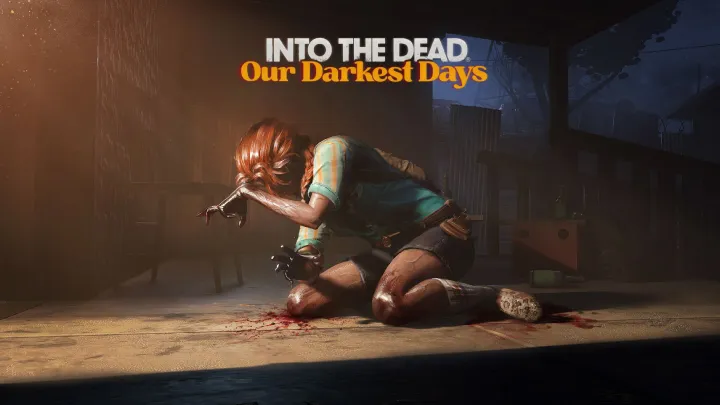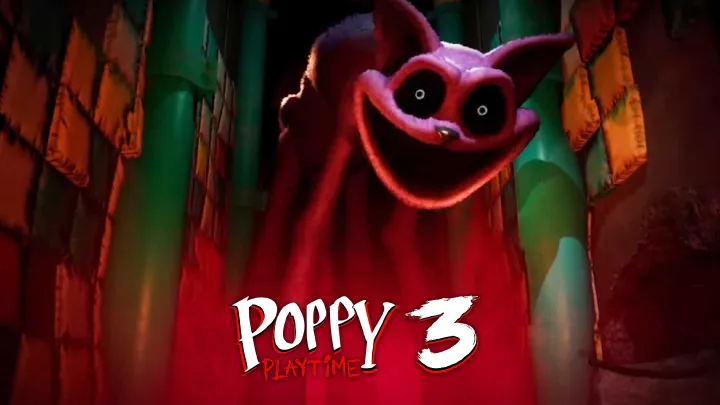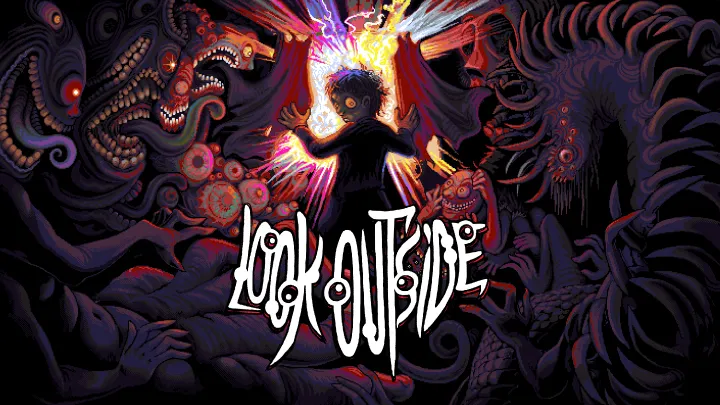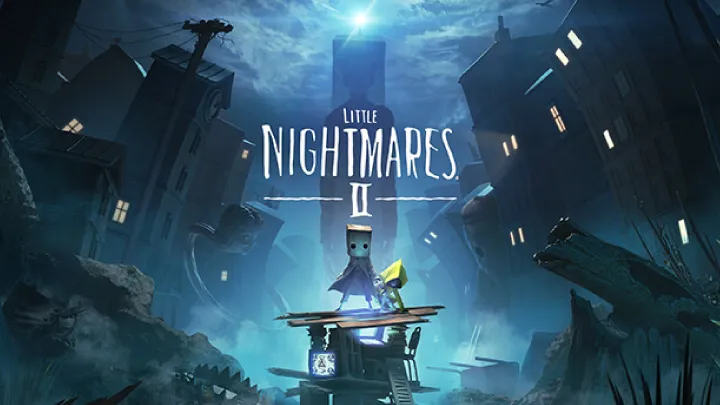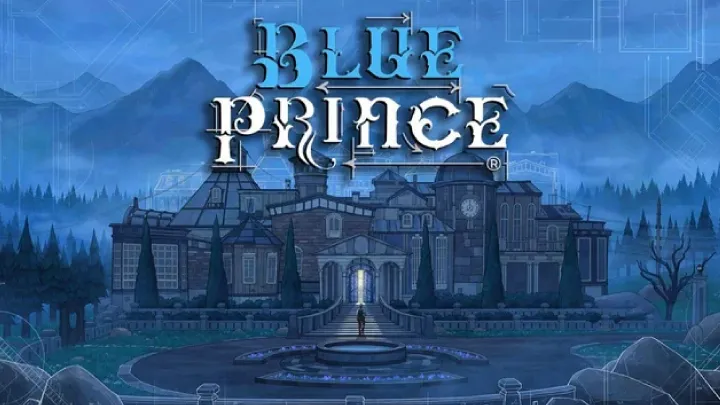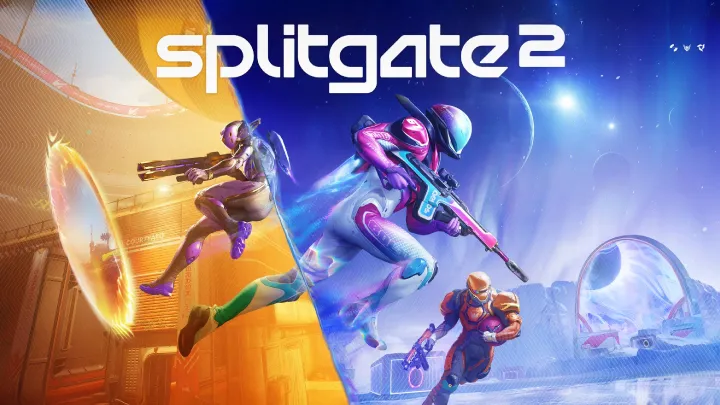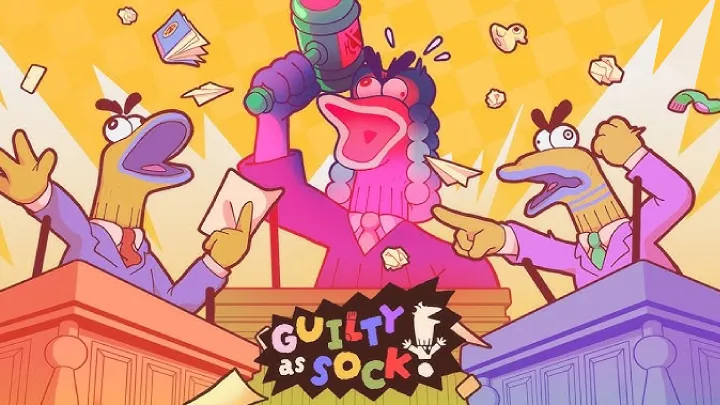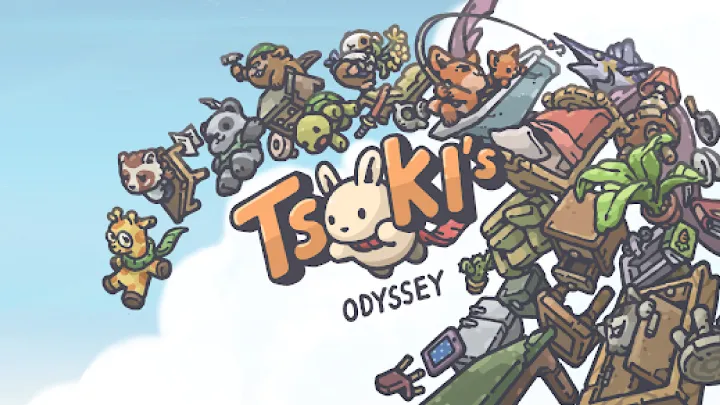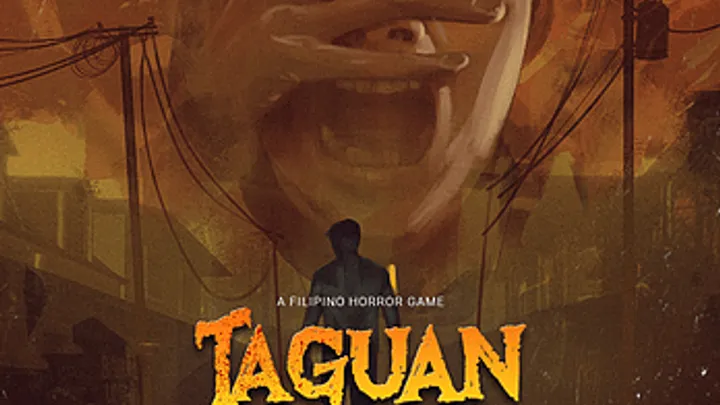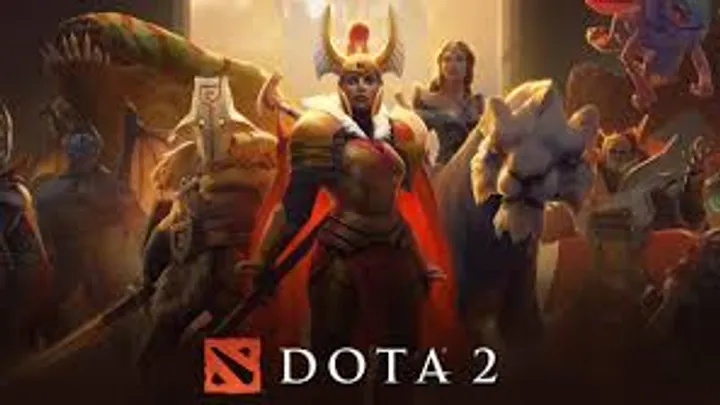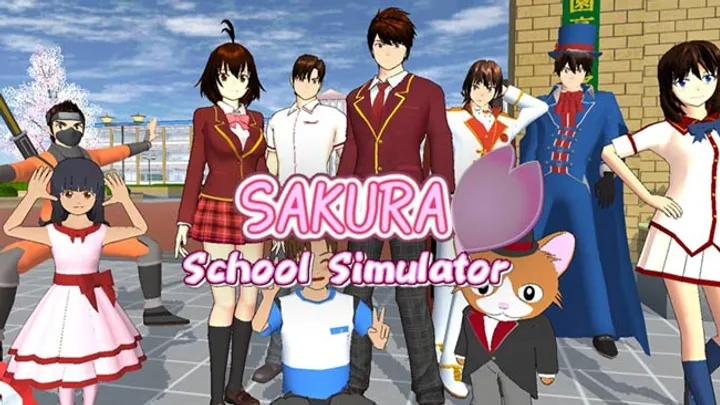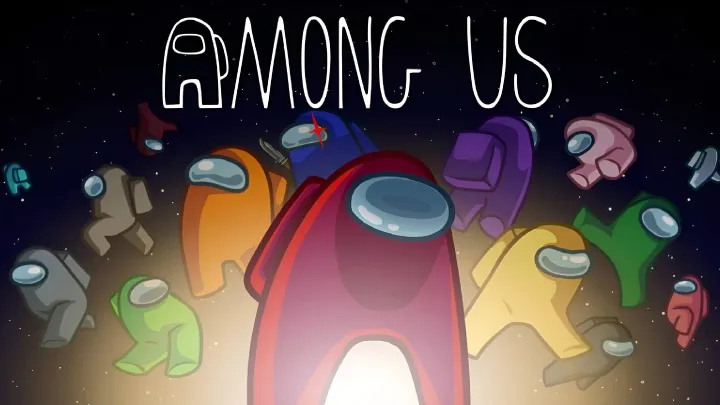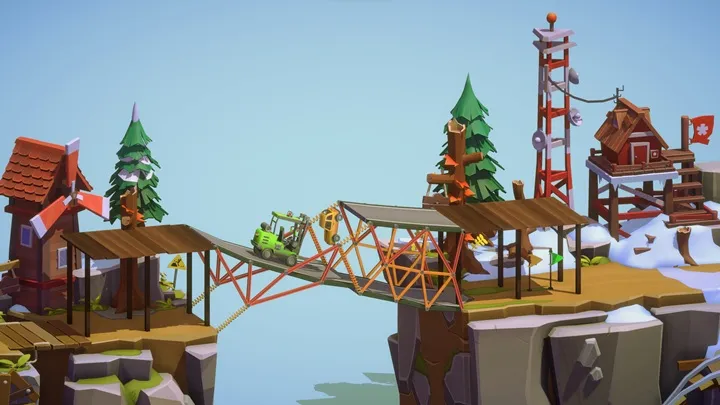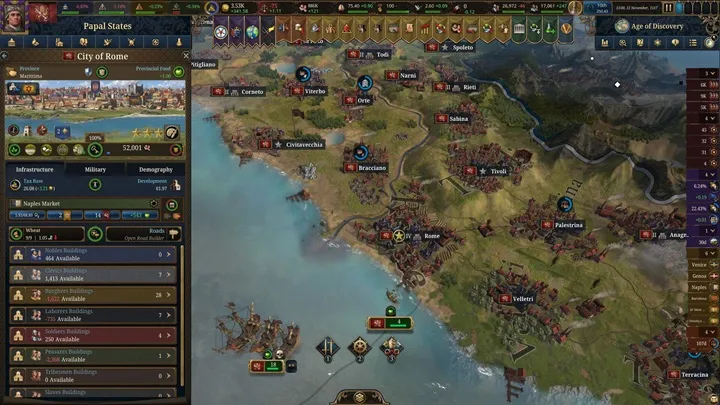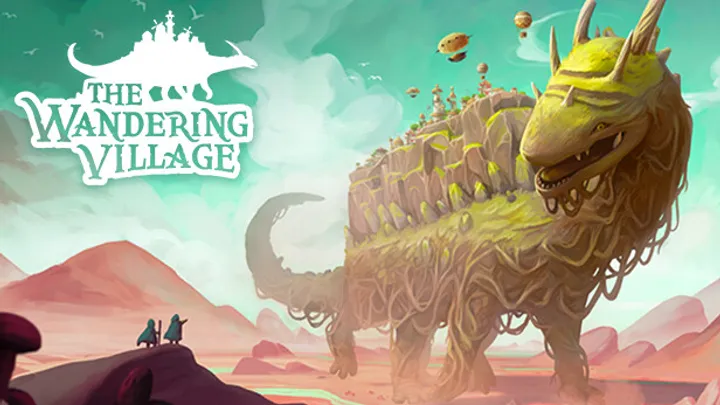Introduction
TUNIC, developed by Andrew Shouldice and published by Finji, released on March 16, 2022, for PC, Xbox One, Xbox Series X|S, and later Nintendo Switch and PlayStation platforms, emerges as a charming metroidvania adventure with a unique twist. This indie game follows a small fox wielding a sword and shield, exploring a mysterious land while deciphering an in-game manual written in an alien script. Priced at $29.99 across platforms, it gained widespread acclaim through its isometric perspective and puzzle-driven narrative, showcased in player-shared discoveries and community guides. Early feedback praised its art style and exploration, though some noted its difficulty and initial disorientation. This review explores its narrative, world, gameplay, and technical execution to assess its standing as a delightful yet challenging journey.
Narrative & Storytelling
TUNIC weaves its narrative through a cryptic, player-driven storyline that unfolds through exploration and manual deciphering. Players embody a fox adventurer seeking purpose in a forgotten realm, with the story progressing through ancient ruins, enemy encounters, and the gradual translation of the manual’s secrets—revealing a tale of lost heroes and cosmic balance. The narrative arc centers on uncovering the land’s history, with key moments like the Golden Path or the Final Grace adding emotional weight. These moments foster a sense of discovery and triumph, from initial confusion to mastering the manual’s wisdom.
However, the lack of explicit dialogue or guidance might leave some wanting a clearer plot, as the experience relies on emergent narratives—puzzle solutions, hidden paths, or lore revelations—that depend on player deduction. The storytelling excels in its mystery and visual cues, though its depth hinges on the participant’s patience with the manual, making it a rewarding odyssey for those who embrace its enigmatic charm.
World & Environments
The world of TUNIC centers on a beautifully crafted, interconnected realm, featuring diverse areas—lush forests, icy peaks, and ruined temples—rendered with an isometric, watercolor aesthetic. The environments evolve with exploration—hidden caves, wind-swept cliffs, or sacred groves—enhanced by interactive elements like pressure plates, breakable walls, and secret passages, creating a dynamic backdrop. Sound design, with ambient winds, creature calls, and a haunting soundtrack, builds an immersive atmosphere, while lighting effects like golden glows or shadowy corners add tactical variety.
Yet, the fixed map might limit environmental expansion over time, as the focus remains on mastery within a single realm rather than new regions. The design prioritizes a dense, evolving setting, which could feel intense for players seeking simpler landscapes. Community feedback celebrates the visual variety and atmospheric depth, though some note the lack of additional zones, suggesting a world that thrives in intricacy but may benefit from occasional expansion to sustain engagement.
Gameplay Mechanics
Core Loop
The core loop revolves around exploration and combat, where players navigate and fight within 30-50 minute sessions, offering a thoughtful rhythm. The cycle of unlocking abilities, solving puzzles, and defeating enemies drives a compelling flow, encouraging persistent play.
On-Field Mechanics
The gameplay hinges on metroidvania mechanics, where players use the fox’s sword, shield, and magic, with tactical depth added by ability upgrades like the double jump or bomb. Puzzle-solving and platforming challenges introduce variety, though balance issues with enemy aggression can disrupt flow. The mechanics reward skill and curiosity, demanding mastery to overcome their layered complexity.
Mode-Specific Features
The primary mode focuses on the main quest, with areas like the Overworld or Sealed Temple providing goals, such as collecting trinkets or unlocking the Final Grace. New Game Plus and hidden endings add variety, while the manual offers strategic hints. The range of activities caters to different playstyles, but balance adjustments for checkpoint placement and enemy health lag, a point raised in early feedback.
Progression & Multiplayer
Progression includes collecting trinkets, upgrading the fox, and deciphering the manual, balancing grind with functional rewards in a system that feels satisfying based on initial play. The game lacks traditional multiplayer, but its single-player focus fosters a personal epic, though the absence of co-op limits social depth. The progression system thrives on exploration mastery, requiring refinement to enhance accessibility.
Technical Execution
TUNIC delivers a visually captivating experience with its watercolor graphics, expressive animations, and atmospheric lighting, optimized across platforms with modest requirements. Post-launch updates have addressed stability, but occasional glitches like softlocks or frame drops persist. Audio impresses with a melodic score and environmental sounds, though repetitive loops can detract over long sessions.
Controls are responsive with precise button inputs, offering a natural feel across controllers and keyboards, though the lack of touch support limits mobile versatility. Ongoing updates are refining core systems, but initial technical hiccups suggest continued optimization is needed. The execution supports the adventure focus, with visuals and audio as strengths amid polish challenges.
Community Feedback
TUNIC has cultivated a devoted community, with early praise for its art style, puzzle design, and exploration depth, though concerns about difficulty, performance, and manual reliance surface from player discussions. Excitement for secret areas and boss fights is widespread, but frustration with steep challenges and bugs persists. Community feedback drives development, sustaining interest, and player retention remains strong, fueled by the game’s cult appeal.
Criticism centers on technical stability and accessibility, with players noting glitches and a desire for easier modes, alongside debates over manual deciphering complexity. The community’s active input shapes updates, reflecting a group eager to see the game evolve into a polished metroidvania experience.
Final Verdict
TUNIC delivers a mesmerizing metroidvania adventure with its atmospheric world and clever puzzles, celebrating the joy of discovery. Its dynamic environments and lore depth shine, though technical issues and difficulty pose challenges. It’s a must-play for adventure fans, with patience required as updates refine the experience.



